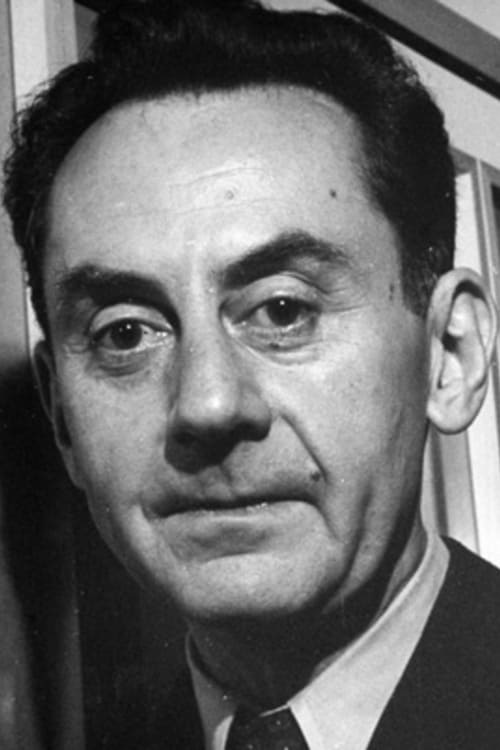Man Ray
Birth : 1890-08-27, Philadelphia, Pennsylvania, USA
Death : 1976-11-18
History
Man Ray (born Emmanuel Radnitzky, August 27, 1890 – November 18, 1976) was an American modernist artist who spent most of his career inParis, France. He was a significant contributor to the Dada and Surrealist movements, although his ties to each were informal. He produced major works in a variety of media but considered himself a painter above all. He was best known in the art world for his avant-garde photography, and he was a renowned fashion and portrait photographer. Ray is also noted for his work with photograms, which he called "rayographs" in reference to himself.

Director
In the 1920s, Man Ray directed four films which, although largely unknown by the general public, made him into a major figure in avant-garde cinema. His films were to be as radical as his images or objects. Included: Le Retour à la Raison, Les Mystères du Château du Dé, Emak-Bakia, L'étoile de Mer and collected shorts.
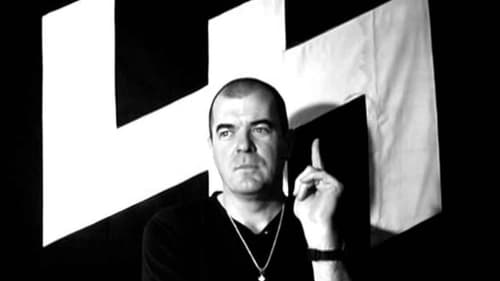
Additional Photography
Boyd Rice may well be the only person alive who's been on a first name basis with both Charles Manson and Marilyn Manson. His career has spanned more than three decades, during which time he has remained at the epicenter of underground culture and controversy.

From 1970-1977 William Wegman created some of the most innovative and important works in the history of video. These early pioneering tapes were created using minimal technology and a few studio props, including Wegman’s canine companion, Man Ray. Consisting of 130 works, some no longer than a television commercial, blurred the boundaries between high and low art as well as art and commerce, and have become a major chapter in the histories of contemporary art and film. This exhaustive compilation has been assembled by the artist with restored material and it contains all nine original reels as well as two later reels. Classics such as Pocketbook Man, Milk/Floor, Stomach Song, Cape On, Stick and Tooth, Spelling Lesson, Dog Duet, Man Ray, Do You Want to? Are included.

Himself (archive footage)
Man Ray, the master of experimental and fashion photography was also a painter, a filmmaker, a poet, an essayist, a philosopher, and a leader of American modernism. Known for documenting the cultural elite living in France, Man Ray spent much of his time fighting the formal constraints of the visual arts. Ray’s life and art were always provocative, engaging, and challenging.

Biographical documentary of Lee Miller (aka Elizabeth Miller, 1907-1977), her early years in USA under her father's influence, later became a model turned artist and celebrated photographer, including her photojournalism during WWII, and her second marriage to British surrealism painter Roland Penrose postwar. Film is told through interviews with Miller's son, Antony Penrose.

"In the piece we see the two dogs staring at the camera in a dark room. Their eyes are intently following something off camera. Sometimes their head movement is pull into the action as they crane to follow the whatever it is in various left right and up down directions. At one point the action seems to stop and the dogs begin to blink in syncopation. At this point Hooka settles down into a lying position but Man Ray remains riveted. Towards the end piece the dogs crane to look behind them and at one miraculous moment their motions counter each other. At the end we see the object of their attention…in my hand, a tennis ball."

Voiceover (archive audio)
Free-associative images are juxtaposed with disorienting poetry in Richter's late work. The film is visual dynamite: Upside-down and reversed footage, play with shadows and light, billiards and dice and balloons-- suggestive and surreal images. Tenets of Dada writing, such as games of chance, punnery, wordplay and loud nonsense noise are foist upon the viewer as Dada poems are read / performed by their orignal authors.

Poem
Free-associative images are juxtaposed with disorienting poetry in Richter's late work. The film is visual dynamite: Upside-down and reversed footage, play with shadows and light, billiards and dice and balloons-- suggestive and surreal images. Tenets of Dada writing, such as games of chance, punnery, wordplay and loud nonsense noise are foist upon the viewer as Dada poems are read / performed by their orignal authors.

Director of Photography
A look at Paris in 1928 in black and white and then color sequences filmed in the same places in 1959.
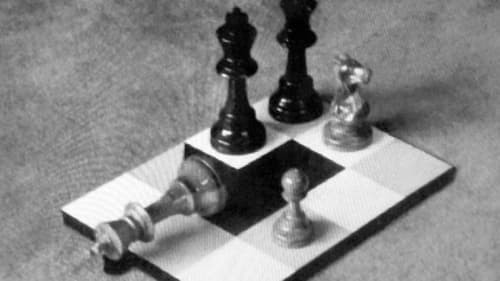
8 x 8: A Chess-Sonata in 8 Movements is an American experimental film directed by Hans Richter, Marcel Duchamp, and Jean Cocteau. Described by Richter as "part Freud, part Lewis Carroll" and filmed partially on the lawn of Duchamp's summer house in Southbury, Connecticut.

Story
An attempt to bring the work of surrealist artists to a wider public. The plot is that of an average Joe who can conjure up dreams that will improve his customer's lives. This frame story serves as a link between several avant-garde sequences created by leading visual artists of their day, most of whom were emigres to the US during WWII.

himself
A late period home movie with Man Ray and his lovely friend Juliet Browner lounging together in the US. Man Ray had returned to America when the Germans occupied France.

Director
A late period home movie with Man Ray and his lovely friend Juliet Browner lounging together in the US. Man Ray had returned to America when the Germans occupied France.

Himself
Home movie from Man Ray featuring dancer Jenny gyrating in black and white.

Director
Home movie from Man Ray featuring dancer Jenny gyrating in black and white.

himself
Very brief view of Man Ray and his friend Ady Fidelin while at a seaside resort

Director
Very brief view of Man Ray and his friend Ady Fidelin while at a seaside resort

Writer
Home Movies of Man Ray and Ady Fidelin from 1938. Presents a simple and intimate portrait of the man behind the artist. Compilation of ten Man Ray films: Ady, Dance, Juliet, Rue Campagne-Première, Corrida, Autoportrait ou Ce qui manque à nous tous, Poison, L’atelier du Val de Grâce, Course landaise, La Garoupe

Director
Home Movies of Man Ray and Ady Fidelin from 1938. Presents a simple and intimate portrait of the man behind the artist. Compilation of ten Man Ray films: Ady, Dance, Juliet, Rue Campagne-Première, Corrida, Autoportrait ou Ce qui manque à nous tous, Poison, L’atelier du Val de Grâce, Course landaise, La Garoupe

himself
Home movie from Man Ray while on vacation with Pablo Picasso, Paul, Nusch and Cecile Eluard, Emily Davies, Valerie and Roland Penrose. The friends have fun with themselves and performing for the camera.

Director
Home movie from Man Ray while on vacation with Pablo Picasso, Paul, Nusch and Cecile Eluard, Emily Davies, Valerie and Roland Penrose. The friends have fun with themselves and performing for the camera.

Director
Short documentary by Man Ray on one his favorite subjects - bullfighting.

Director
Home movie from Man Ray with a view of his home/gallery

himself
Short black and white surrealist film from Man Ray starring himself and Meret Oppenheim.

Director
Short black and white surrealist film from Man Ray starring himself and Meret Oppenheim.

himself
Mix of surrealist images of bubbles and smoke with some documentation of the world lived by Man Ray and Lee Miller

Director
Mix of surrealist images of bubbles and smoke with some documentation of the world lived by Man Ray and Lee Miller

Self
Mannequin hands hold a pair of dice. A castle is perched on a hilltop. Below it, a posh, modern villa. Meanwhile, far from Paris, two men with masked faces play dice in a bar. They decide to drive to Paris. Country roads, hills, fences. The posh "chateau" appears again: meticulous garden, fancy interior, odd sculptures. And at home? "No one, NO ONE." For the next two days, masked figures play dice, frolic by the pool, perform exercises with a ball. Two new figures arrive. Masked. They search and find the dice. They dance. Mannequin hands hold a pair of dice.

Director
Mannequin hands hold a pair of dice. A castle is perched on a hilltop. Below it, a posh, modern villa. Meanwhile, far from Paris, two men with masked faces play dice in a bar. They decide to drive to Paris. Country roads, hills, fences. The posh "chateau" appears again: meticulous garden, fancy interior, odd sculptures. And at home? "No one, NO ONE." For the next two days, masked figures play dice, frolic by the pool, perform exercises with a ball. Two new figures arrive. Masked. They search and find the dice. They dance. Mannequin hands hold a pair of dice.

Director
A Man Ray documentary short on bullfighting.
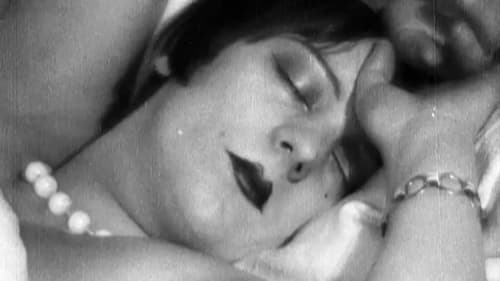
Cinematography
Two people stand on a road, out of focus. Seen distorted through a glass, they retire upstairs to a bedroom where she undresses. He says, "Adieu." Images: the beautiful girl, a starfish in a jar, city scenes, newspapers, tugboats. More images: starfish, the girl. "How beautiful she is." Repeatedly. He advances up the stair, knife in hand, starfish on the step. Three people stand on a road, out of focus. "How beautiful she was." "How beautiful she is." "Beautiful."

Director
Two people stand on a road, out of focus. Seen distorted through a glass, they retire upstairs to a bedroom where she undresses. He says, "Adieu." Images: the beautiful girl, a starfish in a jar, city scenes, newspapers, tugboats. More images: starfish, the girl. "How beautiful she is." Repeatedly. He advances up the stair, knife in hand, starfish on the step. Three people stand on a road, out of focus. "How beautiful she was." "How beautiful she is." "Beautiful."

Cinematography
Emak-Bakia (Basque for Leave me alone) is a 1926 film directed by Man Ray. Subtitled as a cinépoéme, it features many techniques Man Ray used in his still photography (for which he is better known), including Rayographs, double exposure, soft focus and ambiguous features. The film features sculptures by Pablo Picasso, and some of Man Ray's mathematical objects both still and animated using a stop motion technique.

Writer
Emak-Bakia (Basque for Leave me alone) is a 1926 film directed by Man Ray. Subtitled as a cinépoéme, it features many techniques Man Ray used in his still photography (for which he is better known), including Rayographs, double exposure, soft focus and ambiguous features. The film features sculptures by Pablo Picasso, and some of Man Ray's mathematical objects both still and animated using a stop motion technique.

Director
Emak-Bakia (Basque for Leave me alone) is a 1926 film directed by Man Ray. Subtitled as a cinépoéme, it features many techniques Man Ray used in his still photography (for which he is better known), including Rayographs, double exposure, soft focus and ambiguous features. The film features sculptures by Pablo Picasso, and some of Man Ray's mathematical objects both still and animated using a stop motion technique.
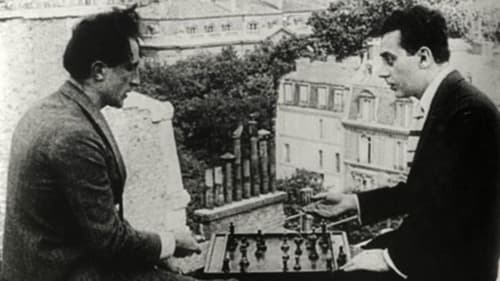
Chess player, white set
Stop-motion photography blends with extreme slow-motion in Clair's first and most 'dada' film, composed of a series of zany, interconnected scenes. We witness a rooftop chess match between Marcel Duchamp and Man Ray, a hearse pulled by a camel (and chased by its pallbearers) and a dizzying roller coaster finale. A film of contradictions and agreements.

Cinematography
Ballet Mécanique (1923-4) is a Dadaist, post-Cubist art film conceived, written, and co-directed by artist Fernand Léger and filmmaker Dudley Murphy (with cinematographic input from Man Ray). It has a musical score by the American composer George Antheil (However, the film premiered with no soundtrack, on September 24th, 1924 at the Internationale Ausstellung neuer Theatertechnik in Vienna). It is considered one of the masterpieces of early experimental filmmaking.

Director
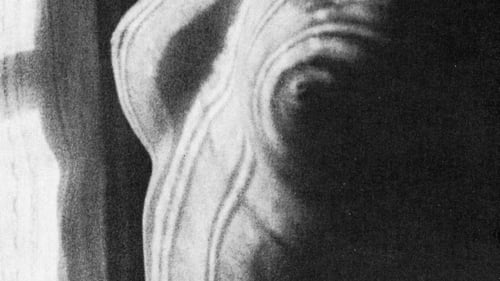
Editor
Experimental film, white specks and shapes gyrating over a black background, the light-striped torso of Kiki of Montparnasse (Alice Prin), a gyrating eggcrate. One of the first Dadaist films.

Director
Experimental film, white specks and shapes gyrating over a black background, the light-striped torso of Kiki of Montparnasse (Alice Prin), a gyrating eggcrate. One of the first Dadaist films.

Director
Man Ray shoots from a window on 31 bis rue Campagne-Première, in the heart of Montparnasse, where he rented a ground-floor studio.

Man Ray
